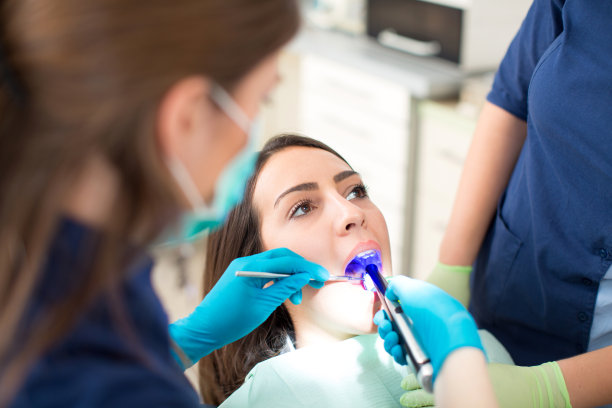The Essential Steps and Aftercare Guide for Extracting a Tooth Safely and Effectively
Summary: Tooth extraction is a dental procedure that, if performed correctly, ensures a safe and effective outcome. This article outlines the essential steps to take before, during, and after a tooth extraction, emphasizing the importance of preparation, the extraction process, immediate care, and long-term recovery methods. By following these detailed guidelines, patients can minimize discomfort and promote better healing, making the experience as smooth as possible. Understanding the necessary aftercare is equally important for a successful recovery. By adhering to the steps and aftercare evident in this guide, individuals can navigate the tooth extraction procedure with confidence and ease.
1. Proper Preparation Before Tooth Extraction

Before undergoing a tooth extraction, proper preparation is crucial. The first step is to schedule a consultation with a professional dentist to discuss the reason for extraction and evaluate overall dental health. The dentist will conduct a thorough examination, including dental X-rays, to ascertain the position of the tooth and surrounding structures.
Patients should also disclose their complete medical history during the consultation. Informing the dentist about any allergies, medications, and pre-existing conditions is vital, as these factors can affect the procedure and recovery process. In some cases, the dentist may prescribe antibiotics to reduce the risk of infection.
Additionally, patients should arrange for post-procedure support. Having a friend or family member accompanying them helps ensure they can get home safely after anesthesia. Its also essential to follow all preoperative instructions given by the dentist, which may include fasting or avoiding certain medications.
2. The Tooth Extraction Procedure Explained
The tooth extraction process typically begins with anesthesia to ensure the patient remains comfortable and pain-free. Depending on the complexity of the extraction, either local anesthesia or sedation may be used. Once the area is numbed, the dentist carefully loosens the tooth using specialized instruments.
For simple extractions, the tooth is gently rocked back and forth until it comes loose enough to remove. Conversely, impacted teeth or those with complex root structures may require surgical extraction, which involves making an incision in the gum to access the tooth. Dentists prioritize safety and precision throughout the procedure, ensuring minimal complications.
During the extraction, the dentist will monitor the patient’s condition closely. Once the tooth is removed, the dentist will provide instructions on managing bleeding and discomfort. Patients may receive gauze to bite down on, promoting clot formation and minimizing bleeding.
3. Immediate Post-Extraction Care Essentials
Right after the extraction, following immediate care instructions is vital for successful recovery. One of the first recommendations is to keep the gauze in place for about 30 to 45 minutes to control bleeding. If bleeding continues, patients should change the gauze and maintain gentle pressure.
Managing pain and swelling is another critical aspect of immediate aftercare. Most dentists prescribe pain relief medications, or recommend over-the-counter analgesics. Ice packs can help to reduce swelling and must be applied intermittently for the first day.
Patients should also be mindful of their diet immediately after the procedure. Its advisable to stick to soft foods and avoid hot liquids for the first 24 hours. Hydration should not be neglected, but using a straw should be avoided as it may dislodge the clot and delay healing.
4. Long-Term Care for Optimal Healing
Long-term care following a tooth extraction plays a significant role in healing and preventing complications. Patients should continue to follow their dentist’s instructions regarding medication and activity levels. Avoiding strenuous activities that may elevate blood pressure can assist in a smoother recovery.
Maintaining good oral hygiene is essential even in the extraction site. Gently rinsing with warm salt water after the first 24 hours can help keep the area clean. However, it’s advisable to avoid vigorous rinsing that may dislodge the blood clot.
Regular follow-up appointments with your dentist are crucial to monitor the healing process. If any unusual symptoms arise, such as severe pain or persistent swelling, patients should contact their dentist immediately. Being proactive about healing ensures that the extraction site recovers effectively and reduces the risk of complications.
Summary:
Executing a tooth extraction safely requires thorough preparation, understanding the extraction process, immediate post-procedure care, and long-term health measures. By adhering to these steps outlined in this article, patients can look forward to a smoother experience and a swift recovery.
This article is compiled by Vickong Dental and the content is for reference only.



